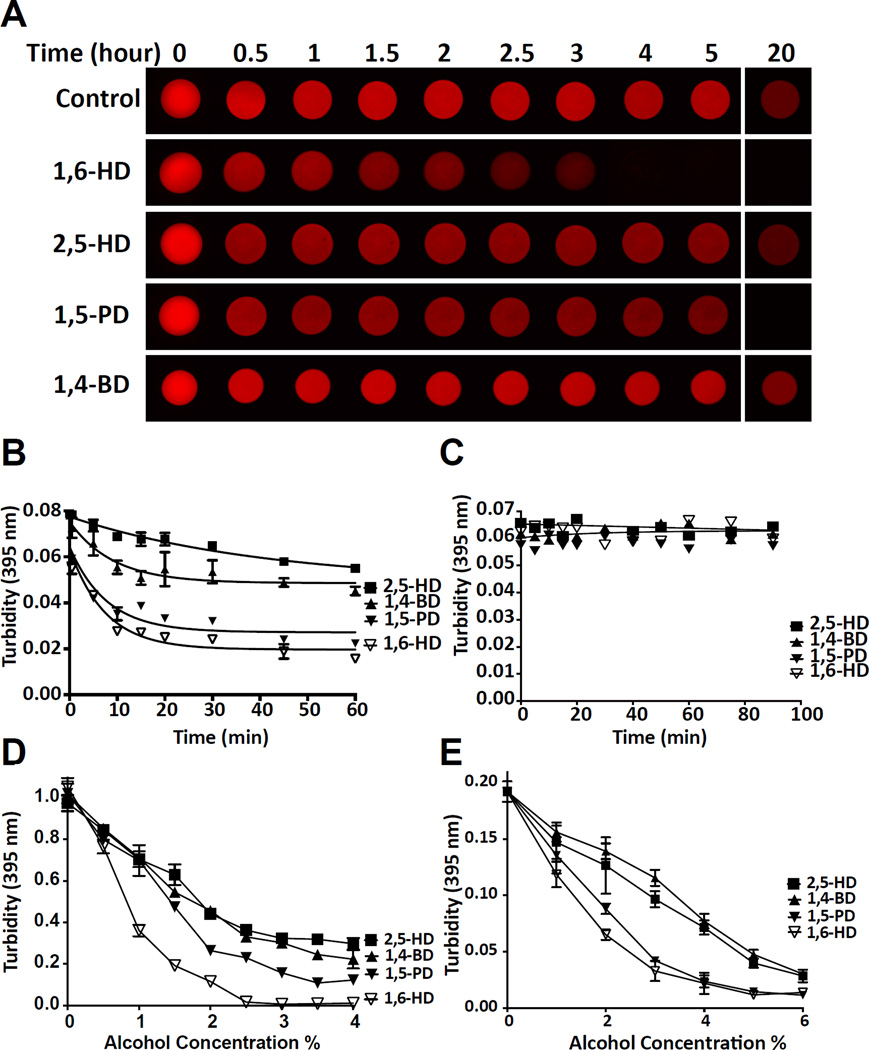Figure 2. Melting of hydrogels, LC domain polymers and liquid-like droplets by aliphatic alcohols.
(A) mCherry:FUS hydrogel droplets were incubated with 15% levels of indicated aliphatic alcohols for varying intervals from 30 min to 20 hr (See also Video S1).
(B) Melting of mCherry:FUS polymers in suspension with 15% of indicated aliphatic alcohols as measured by light scattering at 395 nm (n=3, data are presented as means ± SD. Note that error bars for most of the data points are smaller than the symbols. See also Figure S2).
(C) Exposure of Aβ amyloid fibers to 15% levels of indicated aliphatic alcohols. No change in turbidity (395nm) was observed for up to 90 min.
(D) Liquid-like droplets were formed by mixing an MBP:PTB:hnRNPA2 triple fusion protein with TEV protease and a synthetic RNA substrate (Experimental Procedures), followed by exposure to 0.5–4% levels of the indicated aliphatic alcohols (n=2, data are presented as means ± SD).
(E) FUS liquid-like droplets were exposed to 0.5–6% levels of the indicated aliphatic alcohols (n=2, data are presented as means ± SD).

